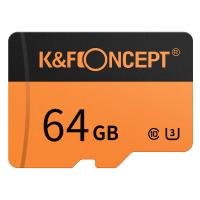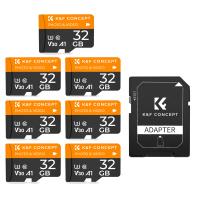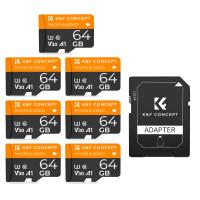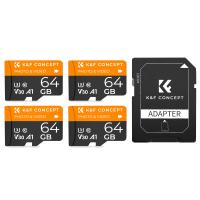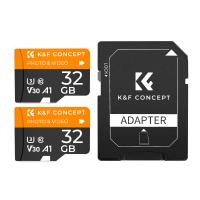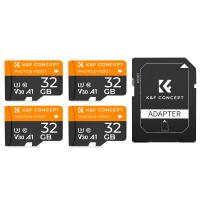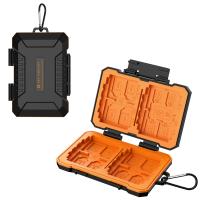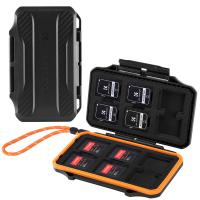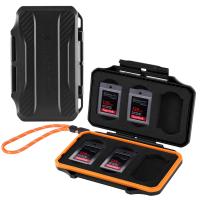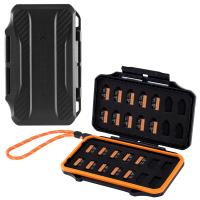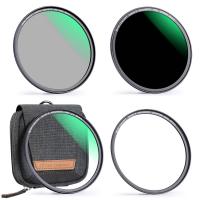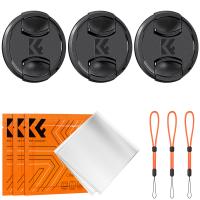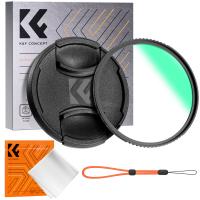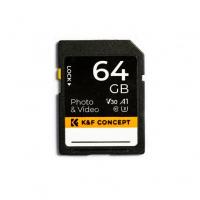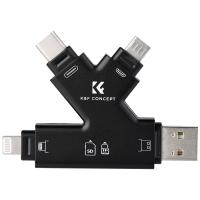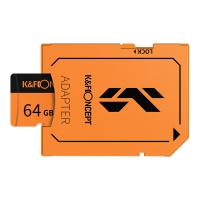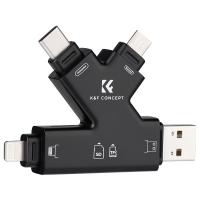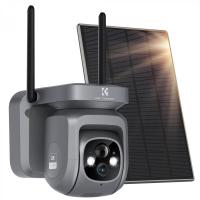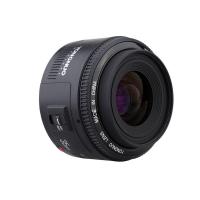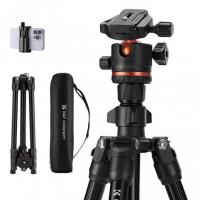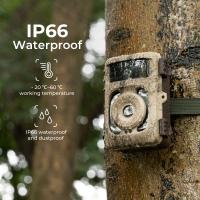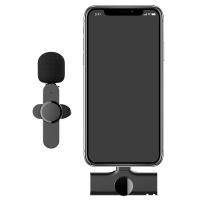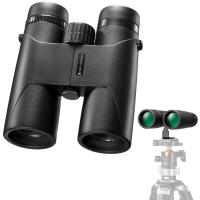How To Put Psp Games On Memory Card?
The PlayStation Portable (PSP) remains a beloved handheld console for many gaming enthusiasts. Whether you're rediscovering old favorites or trying out games for the first time, loading PSP games onto a memory card can significantly enhance the gaming experience. This guide provides a step-by-step approach to help you efficiently and legally transfer PSP games to your memory card, answering common challenges faced by users.
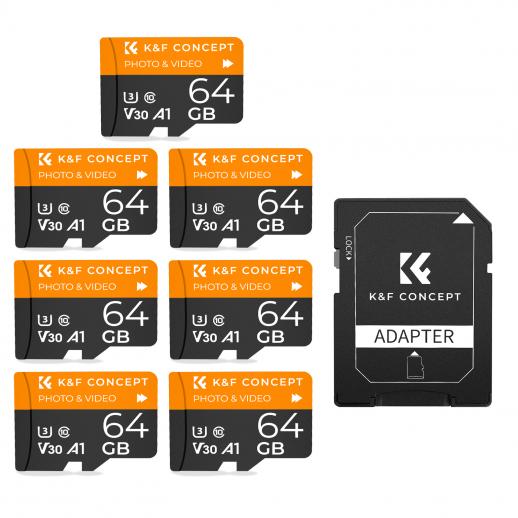
Understanding the Basics
Before diving into the process, it’s essential to familiarize yourself with the prerequisites. The PSP relies on Memory Stick Pro Duo cards for storing games and other data. To successfully load games onto your memory card, you’ll need the following:
1. A PSP console with custom firmware (CFW) installed.
2. A compatible memory card (preferably with adequate storage, such as 16GB or 32GB).
3. PSP game files in ISO or CSO format.
4. A USB cable for connecting the PSP to your computer.
5. A computer to manage file transfers.
Step 1: Verify Custom Firmware
Custom firmware (CFW) is necessary to run downloaded game files. Without it, the PSP will not recognize ISO or CSO files as valid games. To check if your PSP has CFW installed:
- Turn on the PSP.
- Navigate to Settings > System Settings > System Information.
- Check the firmware version. If it includes phrases like “PRO,” “ME,” or “CFW,” your PSP is equipped to handle the process.
If CFW is not installed, you’ll need to install it. This process involves downloading the correct CFW version compatible with your PSP model and running the installer. Be cautious, as modifying firmware improperly can lead to bricking the device.
Step 2: Prepare the Memory Card
The memory card needs proper formatting to ensure compatibility with the PSP and to avoid potential errors during the file transfer process.
1. Insert the memory card into the PSP.
2. Go to Settings > System Settings > Format Memory Stick and follow the prompts. This step erases all data on the card, so back up any important files beforehand.
Step 3: Organize the Game Files
PSP game files are typically in ISO or CSO format. CSO files are compressed versions of ISO files, which save space but may slightly impact game performance.
- Ensure your game files are legally obtained to comply with copyright laws.
- Rename files if necessary to avoid special characters that might cause issues during file transfer.
Step 4: Connect the PSP to the Computer
1. Use a USB cable to connect your PSP to the computer.
2. On the PSP, navigate to Settings > USB Connection. Your PSP will now appear as a removable drive on your computer.
Step 5: Transfer the Game Files
Once the PSP is connected:
1. Open the PSP drive on your computer.
2. Locate the folder named ISO in the root directory. If the folder doesn’t exist, create it manually and name it exactly as "ISO" (uppercase letters).
3. Copy the ISO or CSO game files from your computer into this folder.
Step 6: Safely Disconnect and Test
After transferring the files:
1. Eject the PSP drive from your computer to avoid data corruption.
2. Disconnect the USB cable.
3. On the PSP, go to Game > Memory Stick and browse for your games. If the transfer was successful, the games should appear in this menu.
Troubleshooting Common Issues
Game Doesn’t Appear on the PSP
- Verify the file is in ISO or CSO format.
- Ensure the file is placed in the ISO folder on the memory card.
- Check if the game file is compatible with your PSP firmware version.
Game Doesn’t Launch or Crashes
- Re-download the game file, as it may be corrupted.
- Update your custom firmware to the latest version.
- Try decompressing a CSO file back to ISO if performance issues persist.
Memory Card Errors
- Confirm that the memory card is genuine and not a counterfeit product.
- Reformat the card using the PSP system to ensure compatibility.
Legal Considerations
Using downloaded PSP games raises concerns about legality. It’s crucial to:
- Only use game files you own.
- Avoid downloading pirated games, as this violates copyright laws and can result in penalties.
- Explore legal avenues for obtaining PSP games, such as through the PlayStation Store or by creating backups of your own physical discs.
Enhancing the PSP Experience
To make the most of your PSP gaming experience, consider these additional tips:
1. Optimize Storage: Invest in a high-capacity memory card to store more games, save data, and multimedia files.
2. Organize Files: Create separate folders for homebrew apps, emulators, and multimedia content for easy navigation.
3. Explore Homebrew: With custom firmware, you can access a world of homebrew games, apps, and emulators that add versatility to your PSP.
Common Questions Answered
Can I Use an SD Card Instead of a Memory Stick Pro Duo?
Yes, with an adapter, you can use microSD cards in place of a Memory Stick Pro Duo. Ensure the adapter is of good quality to avoid compatibility issues.
What Is the Difference Between ISO and CSO?
ISO files are uncompressed game files, offering better performance but occupying more space. CSO files are compressed, saving storage but potentially causing longer loading times.
How Can I Legally Backup My PSP Games?
If you own physical copies, use a UMD dumper tool to create backups in ISO format. This ensures you’re compliant with copyright laws while preserving your collection.
The Value of PSP in Modern Gaming
Even in today’s age of advanced consoles, the PSP retains its charm due to its robust library, portability, and homebrew potential. By learning how to load games onto a memory card, you unlock the console’s full potential, transforming it into a versatile gaming companion.
With careful adherence to this guide, PSP enthusiasts can enjoy a seamless gaming experience, bringing their favorite titles to life. Whether you’re a nostalgic gamer or a newcomer exploring the PSP, the process of transferring games to a memory card is an essential skill that enhances the console's usability and fun.


